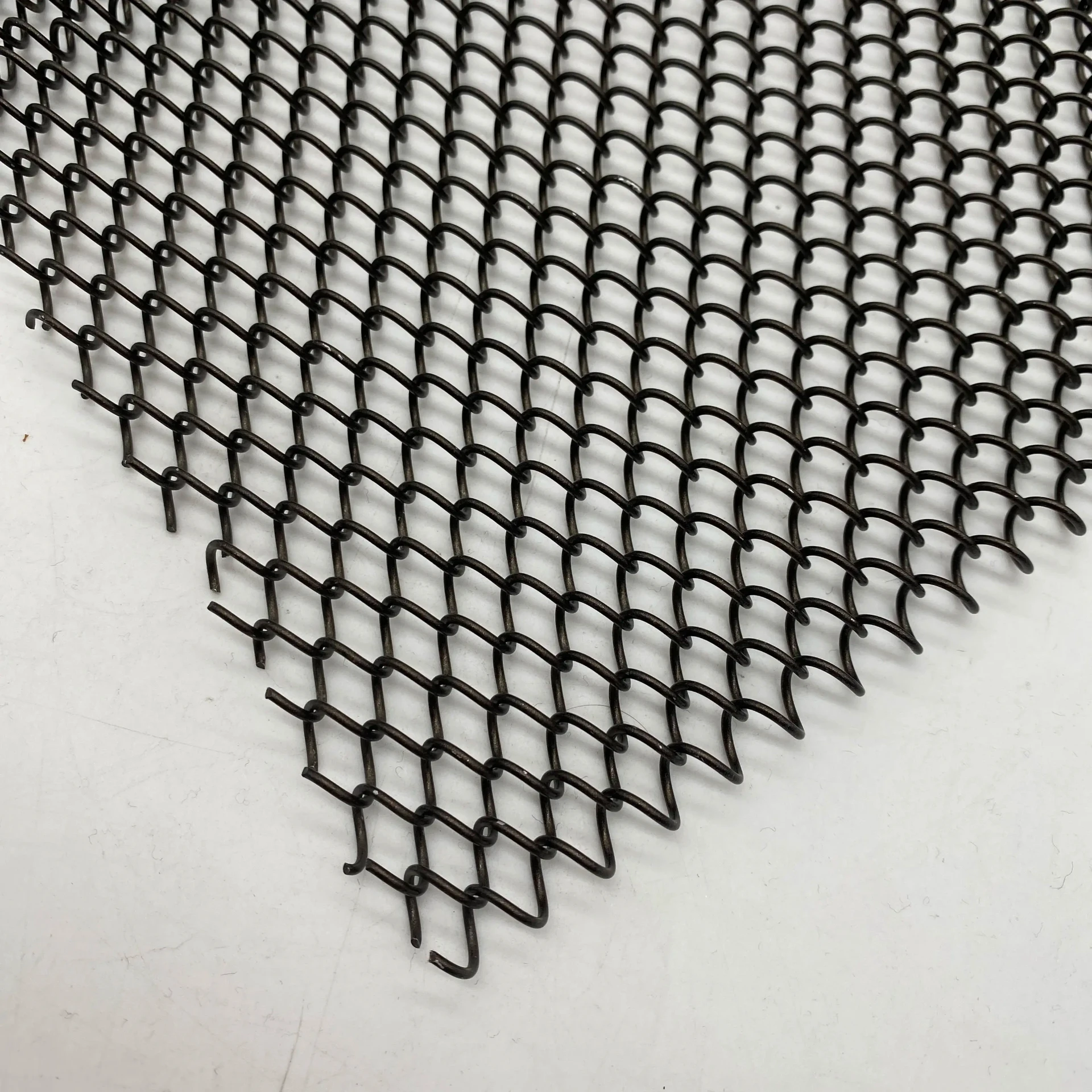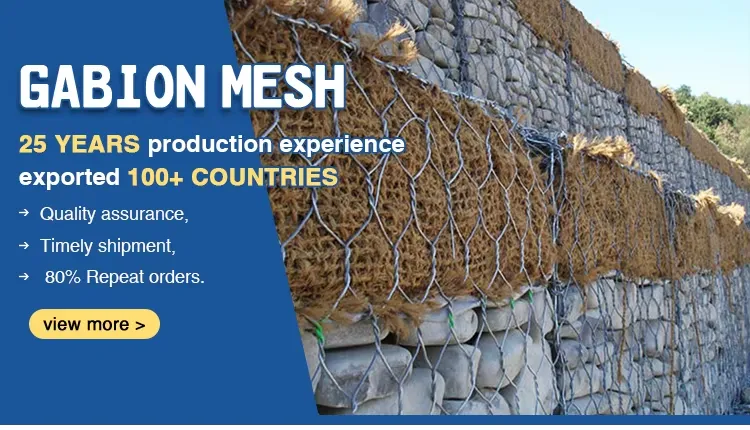Th1 . 30, 2025 02:59 Back to list
drainage trench cover


Trustworthiness in drainage pit grate selection is bolstered through third-party certifications and endorsements. Grate products certified by institutions like ISO or backed by environmental certifications such as LEED (Leadership in Energy and Environmental Design) are often viewed as more reliable. These seals of approval signify adherence to high manufacturing standards and eco-friendly practices. Real-world experience reveals considerations beyond basic specifications. For instance, ease of installation and maintenance can significantly impact long-term performance. Grates that are designed with integrated lifting features or hinge systems facilitate easier removal for cleanings, such as clearing debris buildup, which can impede water flow. Moreover, choosing a grate with a non-slip surface is advisable in pedestrian zones to prevent accidents, especially in wet conditions. Furthermore, aesthetic integration should not be overlooked. A well-chosen grate can complement landscape designs in parks or urban plazas, while custom engraving or logos on commercial grates can enhance branding for businesses. To summarize, selecting a drainage pit grate involves a careful balance of material choice, load capacity, regulatory compliance, and additional features. Engaging with manufacturers who offer customization, provide comprehensive technical support, and have a proven track record in the industry further ensures that investments in drainage grates yield maximum returns in safety, functionality, and aesthetic value.
Latest News
-
Brick Mesh Wall Solutions | Enhanced by GPT-4 Turbo Design
NewsAug.01,2025
-
Premium Anti-Climb Fence Spikes for Sale
NewsAug.01,2025
-
Premium Peach Post Fence | Durable & Stylish Security
NewsJul.31,2025
-
Best Galvanized Grating Price - Durable Galvanized Steel Grating Solutions
NewsJul.30,2025
-
0.5-4.0mm Wire 2×2 4×4 8×8 Hot Dipped Galvanized Welded Mesh Roll
NewsJul.30,2025
-
Metal Fence Pickets for Sale – Durable Galvanized & Steel Options
NewsJul.29,2025
Our company owns has excellent CAD steel grating drawing designers, who can provide customers with perfect steel grating layout design and better meet customers' special requirements for products. We have been adhering to it the business tenet of "quality first, customer first", with high-quality products, reasonable prices, and the fastest delivery time, we wholeheartedly provide customers with a full range of services! Welcome new and old customers to cooperate sincerely and create brilliance together!
Contact Us
WELCOME TO OUR COMPANY!
Thank you for your interest in our services! If you have any questions or wousld like to book a service, please don’t hesitate to contact us. Our team is dedicated to providing you with the highest level of service and support, and we are committed to working with you to make your event a success.

Service Email

Service Phone
Product Center
Contact Us
- Phone: +86 +86 15733154345
- E-mail: sales@chengsenchina.com
- Address: B1213 GLOBAL CENTER, NO.226 ZHONGHUA NORTH STREET, SHIJIAHUANG, CHINA


























